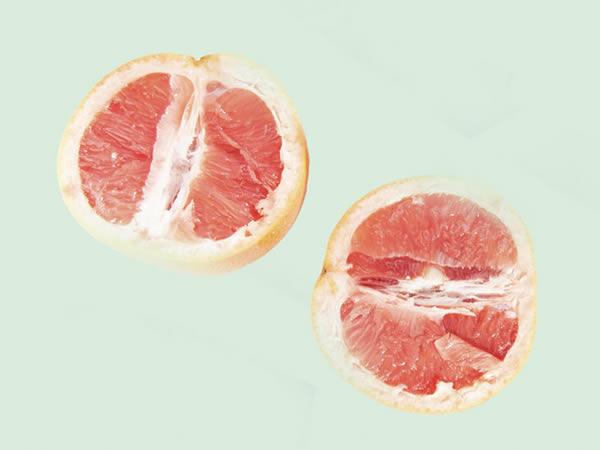
Yes, it’s possible to have scarring down there
Experts estimate around 75 percent of women find sex painful at some point in their life.
Known by medical personnel as “dyspareunia,” there are basically a bajillion different reasons this could happen.
One of them is vaginal or vulvar scarring.
What exactly is it?
Scar tissue is the body’s way of healing what’s been damaged or injured — it’s the body’s healing mechanism,” says Heather Jeffcoat, a doctor of physical therapy who specializes in sexual dysfunction, pain, and incontinence, and author of “Sex Without Pain: A Self-Treatment Guide to the Sex Life You Deserve.”
Vaginal scarring occurs when scar tissue has developed inside the vagina as a result of injury, damage, or tearing — like during vaginal childbirth.
Scarring on the outside of the vagina (the vulva) is also possible.
How to recognize it (if you can’t already)
If you ever fell riding your bike or sliced a finger cutting an avocado, you know this to be true: The tissue the body lays down to heal a wound isn’t the exact same type of tissue that was there previously.
It’s stiffer, thicker, and usually either numb or much more sensitive than the surrounding tissue (or skin).
Well, surprise, surprise: This is also true for scar tissue inside the vaginal canal or on the vulva.
So, while there are different types of scars, you’ll likely be able to see the scars on your clitoris, labia, or perineum and around the vaginal opening, either by looking down or holding a mirror between your legs.
What can cause vaginal and vulvar scar tissue?
Anything that causes trauma — that’s tearing, microtearing, puncturing, or splitting — to the area can lead to vaginal scarring.
Beyond pain: How to make sex pleasurable
Once we’ve addressed the pain, we can start to work towards pleasure,” Jeffcoat says.
Here’s what that might look like.
Try sex positions that put you in charge
Penetration may not be on the sex menu for you. But if it’s something you want to try, Jeffcoat recommends positions that either limit the depth of penetration or put the vulva owner in charge of the action.
For instance:
- missionary
- spooning
- riding on top
Check out the Ohnut
If the scarring is deep inside the vaginal canal, you might also try using the Ohnut,” Jeffcoat says.
[This] is a device the penis owner or dildo wearer can slide down their shaft to reduce how deep they’re able to enter,” she explains.
And in case you’re wondering: It doesn’t feel like a cock ring. Rather, it doesn’t feel like much of anything.
Give the clit some love
Who needs penetration to experience pleasure when the clit alone has 8,000 nerve endings??
If you’re using your fingers, experiment with different types of strokes:
- Stroke from the top down and then from the bottom up.
- Tap on the clitoral hood.
- Swipe diagonally left to right and then right to left.
- Use clockwise and counterclockwise circles.
Use lube!
The reason you used a Q-tip with lube is to reduce irritating friction. And that’s the benefit of using lube during sex.
Lube cannot fix vaginal scarring, but it may help make those scars less sensitive to touch,” Jeffcoat.
There is much more useful info in the original article. Continue reading the full article at Healthline here.
